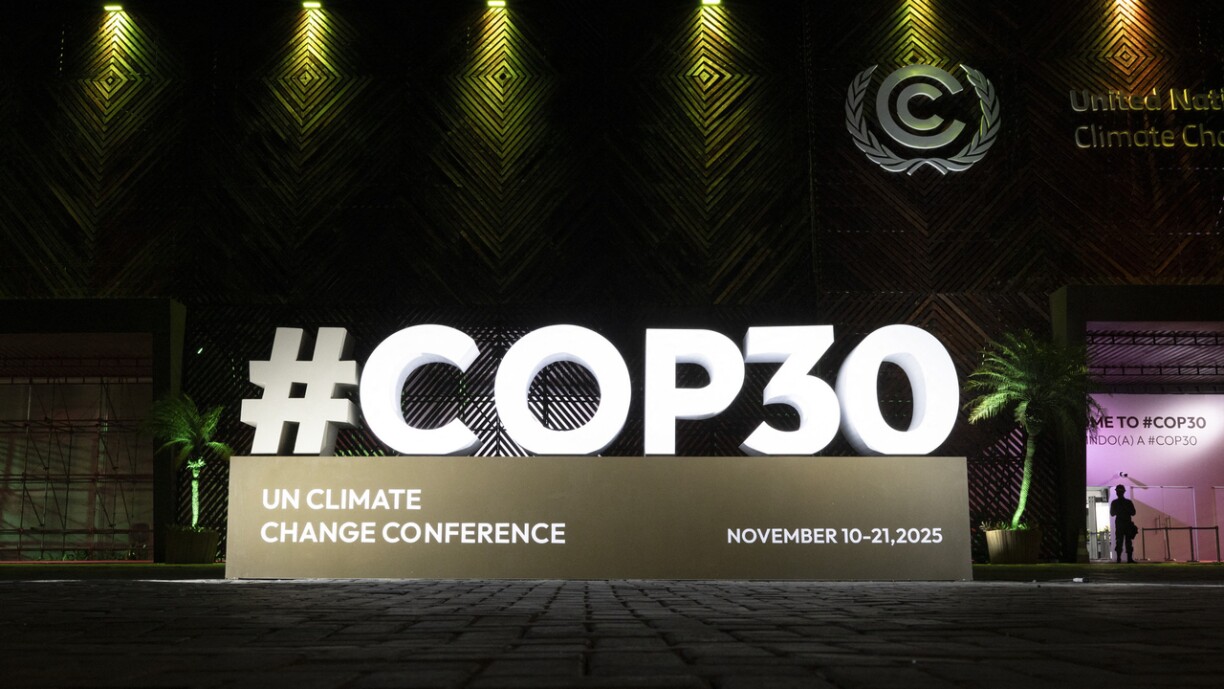
The first-ever global climate conference took place in 1979, organised in Geneva by the World Meteorological Organization. The core message back then was already a clear warning: if humanity continues relying on fossil fuels and destroying forests, CO2 levels in the atmosphere will skyrocket. That message, of course, still resonates today.
It was not until 1995 that the United Nations officially launched the first COP, short for Conference of the Parties, in Berlin. The fact that COP conferences have existed for so long underscores their necessity: while climate risks have been well known for decades, global action has often been slow and inconsistent.
This year’s COP is therefore not focused on defining new goals, but on finally implementing concrete measures to meet the existing ones. Each country is expected to put forward an action plan, but progress in many places has been slow.
One of the most prominent proposals at this year’s conference is the creation of the Tropical Forest Forever Facility (TFFF), valued at around $125 billion. Of this, $25 billion would come from national governments and $100 billion from private investors. Every year, assessments would be made to see which countries are actively preserving their tropical forests and which are not. The “high performers” would receive funding from the pot, while the “low performers” would face financial penalties. Monitoring would be carried out using satellite imagery.
There have been some early positive developments. Just last week, Brazilian President Lula da Silva hosted a climate summit involving over 50 countries, which resulted in broad support for the TFFF.
Norway, for instance, pledged to contribute $3 billion over the next 10 years. Brazil and Indonesia each committed $1 billion, while France promised $500 million. Germany has also expressed its intention to support the fund, though it has yet to specify an amount.
Not quite. The United States, for example, is often singled out, especially under former President Donald Trump, who withdrew the US from the Paris Climate Agreement. This year, the US is not sending any high-level delegates to Belém, the host city of COP30.
The EU’s role in climate policy also comes under scrutiny. Ten years ago in Paris, world leaders agreed to limit global warming to no more than 1.5°C above pre-industrial levels. Ahead of COP30, EU member states agreed on a new target: cutting greenhouse gas emissions by 90% by 2040, compared to 1990 levels. However, the plan allows up to 5% of those reductions to come from carbon offset certificates purchased from third countries, meaning the EU would not need to reduce those emissions itself.
That said, it’s also important to note that in 2023, the EU ranked fourth worldwide for total greenhouse gas emissions, yet was responsible for only 6% of global output.
The Luxembourg government takes what it describes as a pragmatic approach. According to the Environment Ministry, the country supports the concept of green growth as part of a sustainable future, but also stresses the need for businesses to have predictability and planning security. Public funds, the government says, must be invested wisely, particularly in ways that benefit the national economy, and especially the financial sector.
Unlike some other countries, Luxembourg insists it is not holding back on climate action.